The banknotes have beautiful designs
Banknote, it is just a valuable piece of paper that is passed through each of our hands. However, few people think that the beauty they are depicted on creates artistic value.
But the design of our bills is ever-shifting, continuously updated for contemporary aesthetics. And when those changes happen, that’s when we take notice. A great example is last year, when Norway called for proposals to redesign their banknotes. They ended up with an abstracted coastal view of the country designed by Snøhetta Design, which has been touted by various design media as one of, if not the, best design circulating right now:
All of this chatter drove us to look through some of the best-designed currencies floating around — both those still in print, and those who have vanished into antiquity, and the hands of private collectors. Each country manages to find a way to imbue their currency with a sense of culture and history, each in their own fascinating way:
Comorian FrancsComorian Franc
The first Comorian Paper money was printed in 1920, an emergency issue of Madagascar’s postage stamps fixed to a card that allowed them to be used as currency. The designs you still see today originated in the 1970s, with periodic tweaks to the design to add additional security measures.
Cook Islands Dollars
The Cook Islands pretty much dominate when it comes to natural imagery. How can you lose with a mermaid riding on top of a shark? This particular image comes from the 1987 banknote, the first series introduced and replaced shortly in 1992.
Dutch Guilder
While almost every note we see depicts the image of a country’s leader, historical figure, or a cultural or geographic signifier, it’s the differentiation in geometry, pattern, and color that really attracts our attention. That’s how it is with the Dutch Guilder, which on the reverse depicts this classic imagery, but on the obverse depicts a wonderfully symbolic abstraction of geometric shapes.
Fijian Dollars
Couldn’t resist putting a denomination featuring a huge insect in our collection! The currently circulating set were designed in a series over a span of years, featuring all sorts of endemic flora and fauna. But our favorite is the Beli (Lever’s Goby), the winged flier decorating the $100 bill released in 2007.
Kazakhstani Tenge
The current designs issued by the National Bank of Kazakhstan came around in 2006, with one side displaying vertically and the other horizontally as well as having text in both Kazakh and Russian. The obverse of each note depicts the same collection of cultural images in different colors, while the reverses focus on different sets of architecture and geography.
Kuwaiti Dinar
Currently on it’s sixth series debuting in 2014, the Kuwaiti Dinar feature collages of historical and contemporary cultural references, quite often including the traditional dhow boat.
New Zealand Dollars
1992 was the year that New Zealand’s latest design was rolled out, each depicting a famous New Zealander — with perhaps the most famous of all, Sir Edmund Hillary of Mt. Everest fame, on the $5 depicted above.
São Tomé and Príncipe Dobras
As a centerpiece to the intricate design of native fauna and geometric patterns, the notes depict Rei Amador — King Amador: a historical leader said to have led a famous slave revolt on the islands in the 1500 and a symbol of freedom for the country.
Surinamese Guilder
This last edition of Suriname’s Gulden were created in 2000 to reflect native flowers and birds. Despite the beauty of these notes, they were short-lived. The Surinamese Dollar replaced the Gulden in 2004.
Swiss Franc
Switzerland is currently on their ninth series of banknotes, released in 2005. The designer, Manuela Pfrunder, was actually the second-prize winner of the competition held to design this newest round. Her design was selected, then largely modified for the final note, when the initial winner’s designs met with too much public resistance.
*images sourced from banknoteworld.com unless otherwise indicated











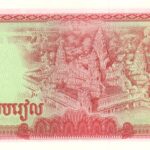

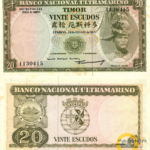
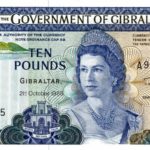
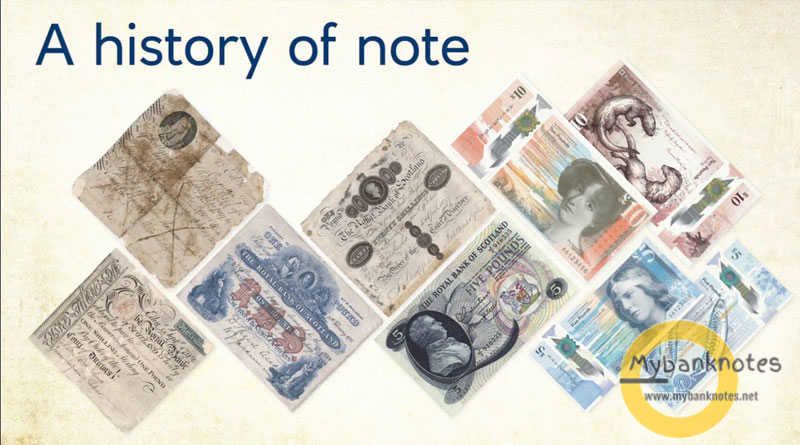
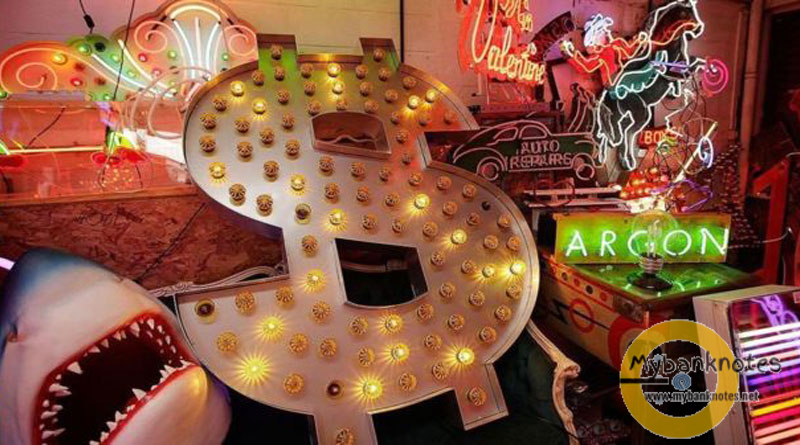
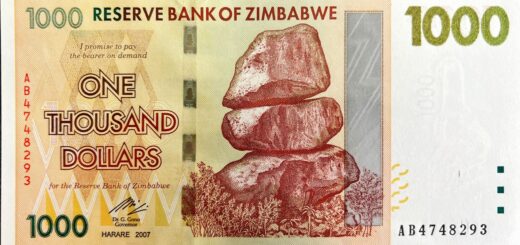





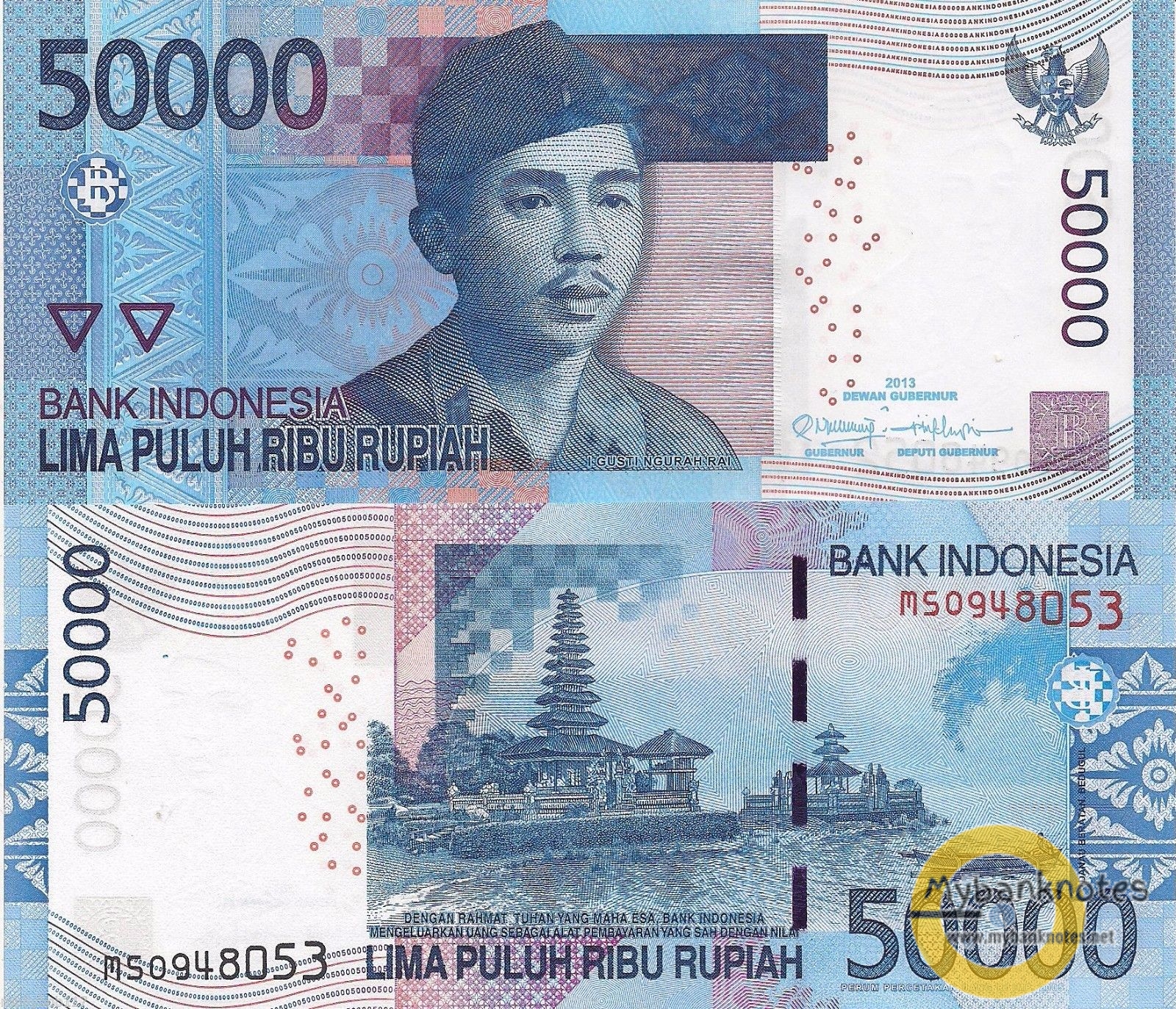

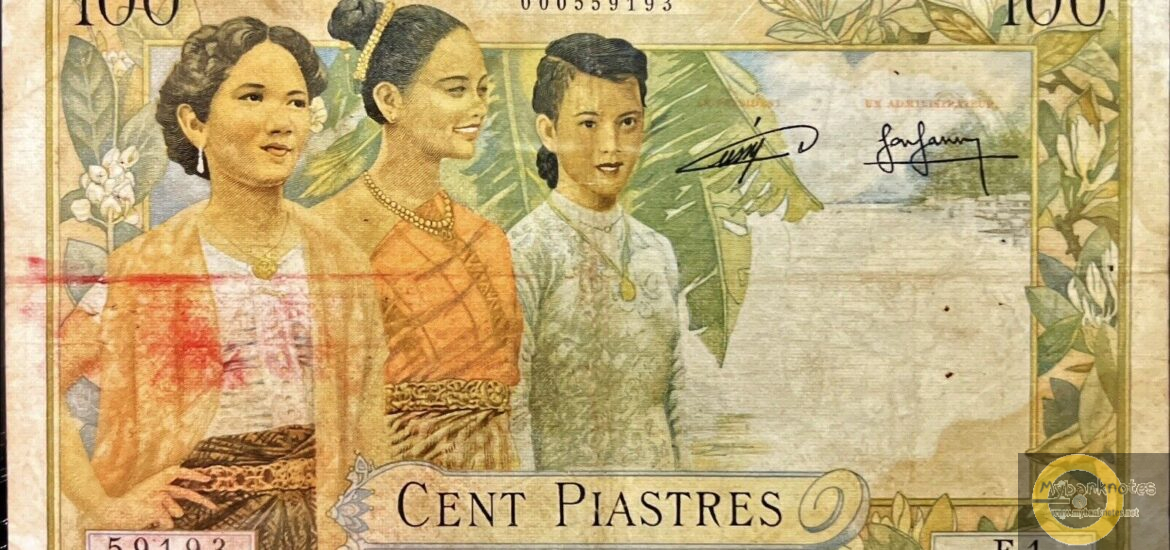
Fiji, with its collection of endemic species, is truly a marvel of nature. The print quality as well as the ink color make the animals really stand out.